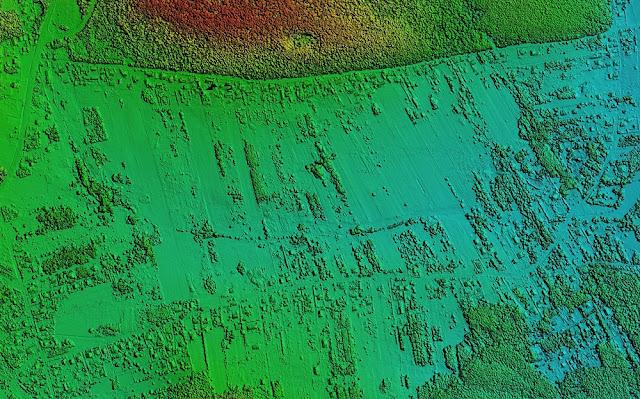APAC Autonomous Navigation Software Market Growth Analysis by 2033

An autonomous system is one that can function for a prolonged amount of time without human supervision or intervention, acquiring information about its surroundings and accomplishing a predetermined set of goals in a changing environment. Two prevalent examples are autonomous mobile robots (AMRs) used in warehouses and driverless autos.
According to BIS Research, The Asia-Pacific future of autonomous systems: focus on autonomous navigation software market was valued at $691.7 million in 2022, and is expected to be $1,361.8 million by 2033, growing at a CAGR of 6.51% during the 2023-2033.
Emerging Trends in APAC Autonomous Navigation Software Market
AI and ML Integration: The integration of AI and ML into autonomous navigation software is transforming the market. These technologies enable real-time data processing, predictive analytics, and adaptive learning, enhancing the accuracy and efficiency of autonomous systems.
Edge Computing: Edge computing is gaining traction in the APAC region, driven by the need for real-time data processing and low-latency communication. Autonomous navigation software leveraging edge computing can process data locally, reducing the reliance on cloud-based solutions and improving response times.
5G Connectivity: The rollout of 5G networks across APAC is a game-changer for autonomous systems. The high-speed, low-latency connectivity provided by 5G enables seamless communication between autonomous systems and their environment, crucial for applications like autonomous vehicles and drones.
Collaborative Robotics: Collaborative robots, or cobots, are becoming increasingly popular in industrial settings. These robots, equipped with advanced autonomous navigation software, can work alongside humans, enhancing productivity and safety in manufacturing processes.
Regulatory Support: Governments in APAC are increasingly recognizing the potential of autonomous systems and are implementing supportive regulations. These include testing frameworks, safety standards, and funding initiatives aimed at fostering innovation and adoption.
The APAC market is projected to experience significant growth soon, driven by the expansion of the autonomous systems industry, particularly autonomous navigation software. Factors such as a heightened focus on sustainability and environmental responsibility fuel this growth. However, challenges like cybersecurity threats, ethical and legal issues, and high implementation costs hinder widespread adoption. Industry players and policymakers must address these obstacles. The market's growth is also driven by the need for increased productivity, scalability, ongoing technological innovation, digital technology adoption, and cost reduction. The rise of autonomous systems is likely to introduce new business models, such as autonomous trucks, buses, shuttles, and drone delivery networks, disrupting traditional industries and creating opportunities for both established and emerging stakeholders.
Request A Free Detailed Sample on APAC Future of Autonomous Systems-Focus on Autonomous Navigation Software Market!
Market Segmentation:
Segmentation 1: by Sector
Segmentation 2: by Platform
Segmentation 3: by Country
Future Prospects in APAC Autonomous Navigation Software Market
The future of the autonomous navigation software market in APAC looks promising, with several factors driving growth:
Expanding Applications: The applications of autonomous navigation software are expanding beyond traditional sectors. Industries such as agriculture, healthcare, logistics, and defense are increasingly adopting autonomous systems, creating new opportunities for market growth.
Technological Advancements: Continued advancements in AI, ML, sensor technologies, and computing power will further enhance the capabilities of autonomous navigation software. This will lead to more sophisticated and reliable autonomous systems, driving market expansion.
Increased Investment: Both public and private sector investments in autonomous systems are expected to rise. Governments will continue to support research and development, while venture capitalists and corporations will fund innovative startups and projects.
International Collaboration: Collaboration between APAC countries and international partners will play a crucial role in advancing autonomous navigation technologies. Joint ventures, research partnerships, and knowledge exchange will accelerate innovation and adoption.
Sustainability Focus: As sustainability becomes a global priority, autonomous systems can contribute significantly by improving efficiency and reducing emissions. For instance, autonomous vehicles can optimize routes, leading to lower fuel consumption and reduced environmental impact.
Conclusion
The APAC region stands as a crucible for innovation and development in the field of autonomous navigation software. With a convergence of technological prowess, growing demand across diverse industries, and a favorable ecosystem fostering innovation, the future of autonomous systems, particularly in navigation software, looks promising. This trajectory heralds a transformative era in which autonomous systems will play an increasingly integral role in revolutionizing industries and shaping the future of mobility and automation in the region.









Comments